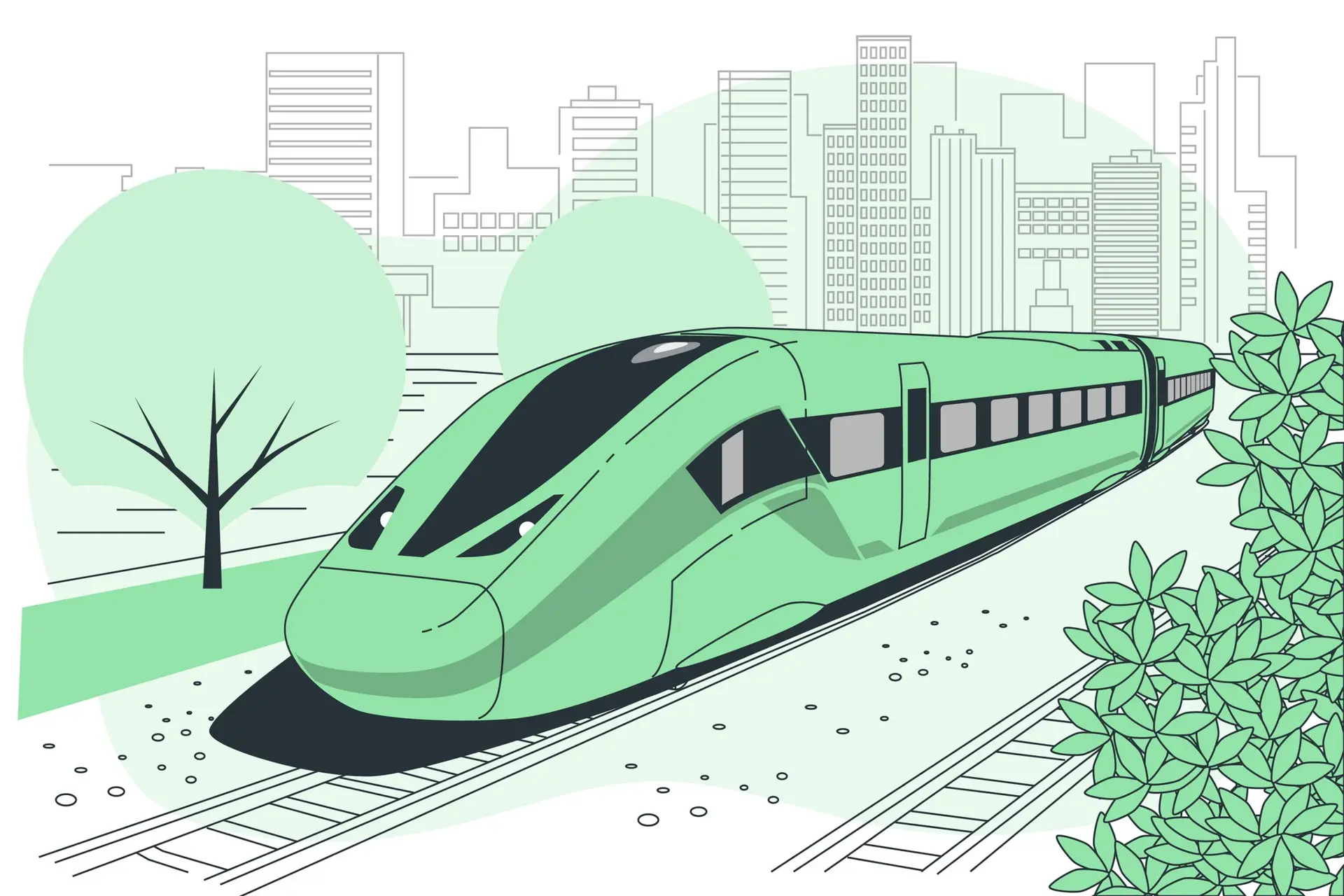In discussions about the ecological transition, sustainable mobility is a critical focus. This term refers not only to electric or green-fueled cars but also to a comprehensive rethinking of transportation methods to promote less impactful options. Train transport, along with other public transportation systems like metros and urban trains, plays a pivotal role in this shift. To improve the efficiency of these transportation modes, cutting-edge technological innovations, particularly in software, are crucial.
FROM CONCEPT TO REALITY
Once the theoretical framework is established, the next step involves developing and testing innovative software solutions. These software tools are designed to handle vast amounts of data in real-time, enabling detailed analysis and simulation of various scenarios. During the development phase, collaboration between software engineers, transportation experts, and data scientists is essential. They work together to ensure that the software not only meets technical requirements but also addresses practical challenges faced by railway operators.
After development, the software undergoes rigorous testing in controlled environments. Simulations are run using historical data to validate the software’s accuracy and reliability. This phase is crucial, as it ensures that the software can predict and optimize real-world scenarios effectively. Once validated, the software is then piloted in actual railway systems. These pilot projects are closely monitored to gather feedback and make necessary adjustments, ensuring the software performs as expected under real-world conditions.
The transition to full-scale implementation involves extensive training for railway staff and continuous support from the software developers. This phase ensures that the railway operators can fully utilize the software’s capabilities to improve efficiency and reduce delays. The success of these implementations has been evident in various international markets, including the United Kingdom, France, Norway, Spain, and the United States. These countries have adopted these advanced software solutions, resulting in significant improvements in their railway systems.
SOFTWARE SOLUTIONS
The efficiency of these transport systems is achieved through advanced software developed by specialized companies. These software solutions perform three key functions: “First, they collect comprehensive, real-time data on traffic flow. Once collected, this data is processed in an aggregated and quantitative manner to analyze current mobility trends. From this analysis, we can identify areas for improvement and build a simulation model that replicates the current system’s performance. The final step is to simulate the proposed changes, allowing for a rigorous and accurate comparison of alternatives to understand their impact and feasibility.
These software tools, developed in-house, are used either for internal projects or licensed to railway companies. They can be applied to short, medium, and long-term scenarios. The significance of such software extends beyond operational efficiency, leading to substantial time and cost savings. By optimizing train schedules and operations, delays are minimized, resulting in more punctual services. Furthermore, the precise modeling and simulation capabilities reduce the need for costly trial-and-error methods in real-world scenarios, ensuring that only the most effective solutions are implemented. This not only saves money but also enhances the reliability and efficiency of the transportation system.
Moreover, these technological advancements contribute significantly to environmental sustainability. By improving the efficiency of public transportation, the reliance on less eco-friendly transportation modes decreases, reducing overall emissions and environmental impact. The integration of such software in public transport systems supports a greener future, making transportation not only more efficient but also more sustainable.



